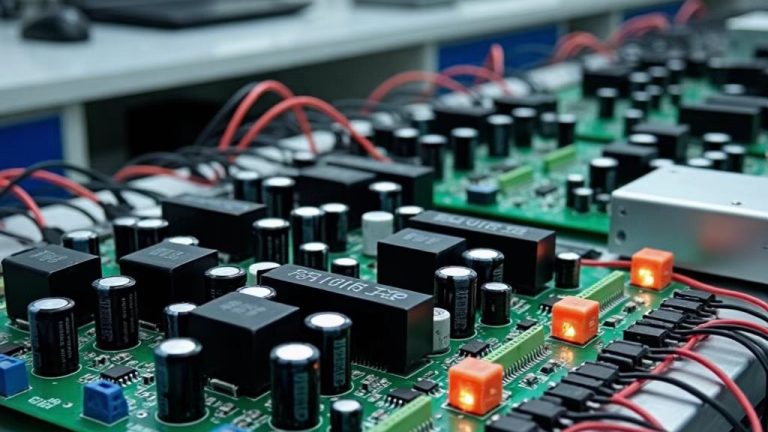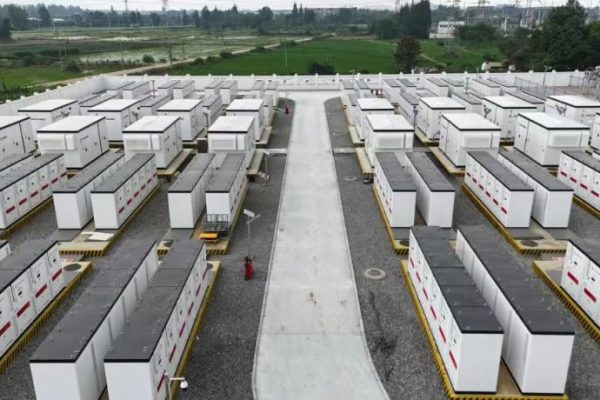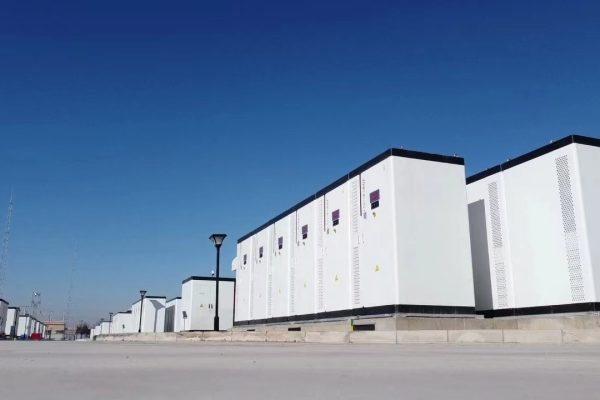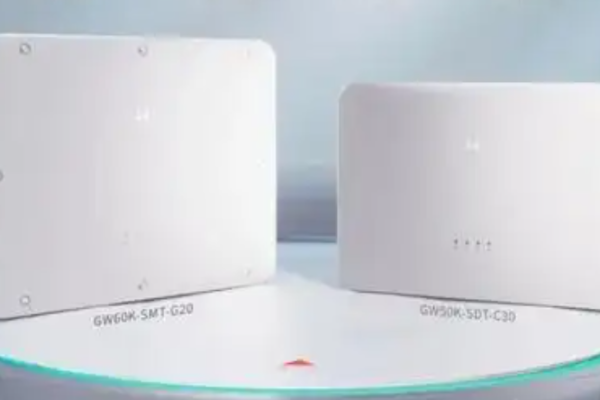Why Your Inverters Won’t Talk to Each Other—and What to Do About It
Introduction: Why Syncing Matters in Off-Grid
In off-grid systems using parallel inverters, syncing is critical.
If synchronization fails, you may encounter:
- Sudden shutdowns after load spike
- Inverters stuck in “slave” or “standby” mode
- Flickering lights and unstable output voltage
- Damage to sensitive appliances from phase mismatch
- The dreaded “AC Bus Error” on startup
For installers, this can be a frustrating and costly problem—especially when everything else seems wired correctly.
This article walks through common causes of inverter syncing issues, field diagnostics, and step-by-step solutions for off-grid configurations (3kW–30kW range).
1. Basic Concepts: What Does “Sync” Actually Mean?
In parallel off-grid systems (e.g., 2x5kW or 3x10kW):
- One inverter is the master
- Others act as slaves, following the frequency and phase of the master
- A shared AC output bus is created
- Load can be shared dynamically, depending on load-split settings
For synchronization to happen properly:
- The inverters must detect each other at boot
- Communication must be clean and timely
- Phase and frequency must align within tight tolerances
If this handshake fails — syncing fails.
2. Common Root Causes of Syncing Failures
🔌 A. Communication Cable Issues
- Wrong RJ45 cable used (straight vs. crossover)
- Pins not fully inserted in socket
- Cable too long (>10m) without shield
- Damaged or corroded connector ends
🛠 Fix:
- Use manufacturer-provided or verified RS485/CAN communication cable
- Replace cable and test with known-good unit
- Check for correct TX/RX pin pairing in custom installs
⚙️ B. Firmware Mismatch
Inverters with different firmware builds may:
- Run incompatible sync logic
- Fail to negotiate a common output behavior
- Misidentify master/slave roles
🛠 Fix:
- Verify all units have the exact same firmware version
- Contact the supplier for a bundle update tool
- Never mix inverters from different production years or OEMs
🔋 C. Battery Bus Instability
If the shared DC bus is unstable due to:
- Loose battery terminals
- Different battery banks per inverter
- Large voltage sag at startup
Then one or more inverters may fail to boot into sync mode.
🛠 Fix:
- Ensure common battery bank with thick busbars or fuses
- Check voltage at inverter terminals under load
- Inspect BMS for delay in wake-up on slave units
🧠 D. Master Inverter Fails to Take Role
Sometimes the intended “master”:
- Boots slower
- Is delayed by BMS handshake
- Has grid/generator AC input that causes conflict
🛠 Fix:
- Power on master inverter first, then slaves after 10–20 seconds
- If needed, force master mode in settings (if supported)
- Disconnect AC input temporarily to prioritize off-grid sync
3. Site Troubleshooting Workflow (Step-by-Step)
| Step | Action |
|---|---|
| 1 | Power off all inverters completely, including DC |
| 2 | Check and reseat communication cables on all ports |
| 3 | Power on master inverter only; confirm stable output |
| 4 | Power on slave inverter after 10–20 seconds |
| 5 | Check LED indicators or screen for sync status |
| 6 | If failure occurs, swap roles—try other unit as master |
| 7 | Still failing? Connect only one inverter at a time to battery and upgrade firmware |
| 8 | Test system without load first, then add load gradually |
4. Advanced Sync Configurations: What to Watch For
A. Mixed Load Phases
If you are building split-phase or three-phase with multiple inverters:
- Each inverter must be correctly mapped to L1/L2/L3
- Load balance must be close — or some phases will drop under high loads
- Not all hybrid inverters support true three-phase sync — check specs
B. Generator or Grid Input Interference
If AC input is connected to master inverter:
- It may prioritize grid sync over off-grid
- Sync logic may be confused, especially during boot
Tip: test sync with AC input disconnected first.
5. Client Communication Tips (for Exporters & Installers)
Most sync issues are preventable if expectations are set clearly:
✅ What You Should Do as a Technical Trader
- Include a tested communication cable with each set of inverters
- Pre-load matching firmware on all units before shipment
- Offer a simple startup checklist with master/slave boot sequence
- Explain the battery sharing rule and avoid split banks
🚫 What to Avoid
- Don’t ship inverters from mixed batches
- Don’t allow clients to wire each inverter to its own battery bank
- Don’t skip the AC output neutral/ground bonding check
6. Final Advice: Syncing Is Fragile — Until It’s Not
Parallel inverter syncing is a delicate handshake that becomes robust once wired and configured correctly.
Once synced:
- Load-sharing works seamlessly
- Backup transitions are fast
- Output remains stable under varying load
But if one part is off—firmware, cables, battery bus—it can throw off the entire system.
As a technical supplier or installer, your role is not just to deliver hardware, but to deliver a functioning system. Sync stability is part of that promise.









